15 Things You Can Do Right Now to Prevent Classroom Behavior Challenges
September 10, 2019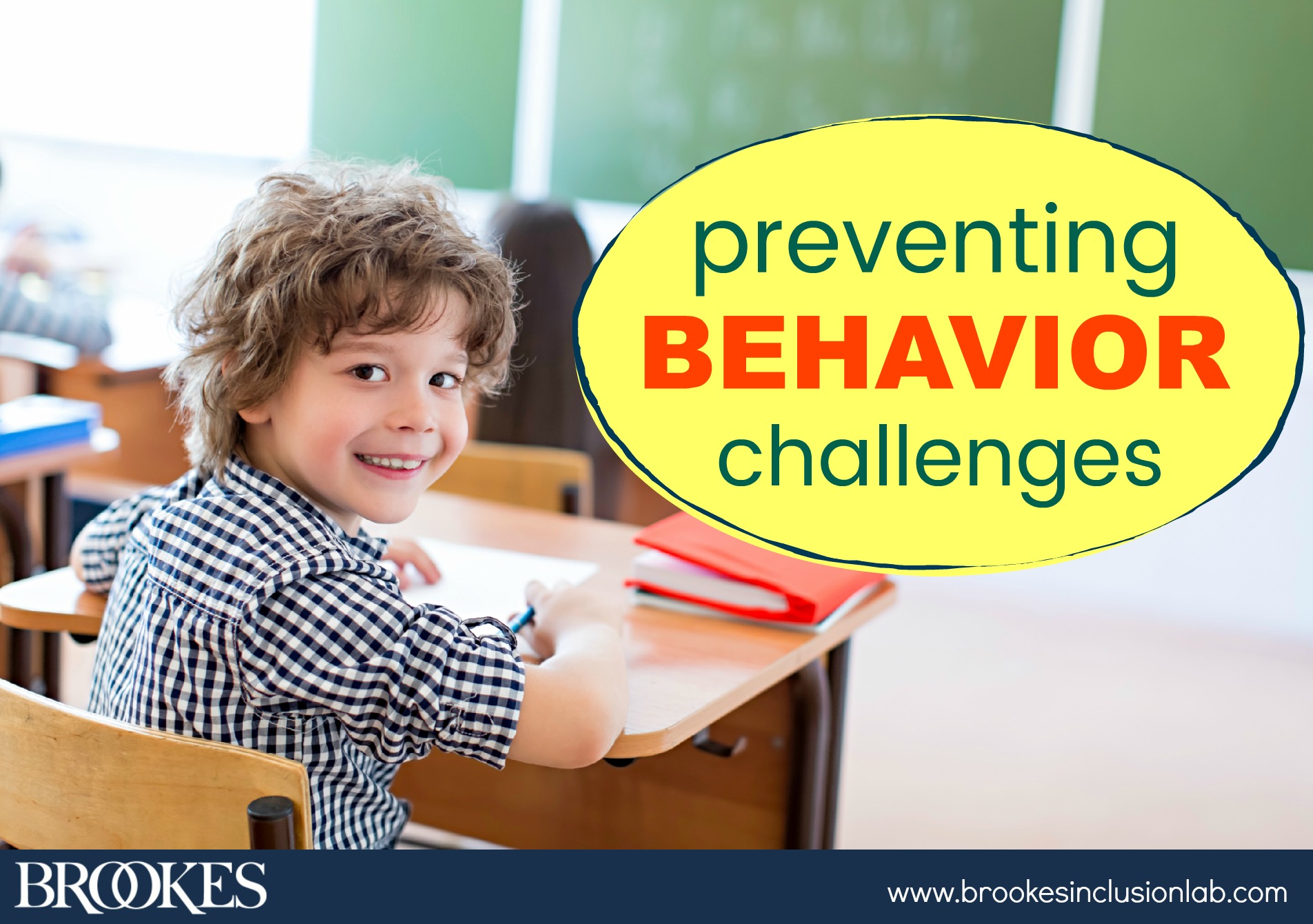
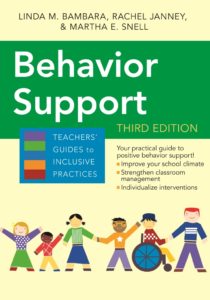 Interventions are important when students engage in challenging behaviors—but build a strong foundation of preventative strategies, and you’ll probably find that fewer students need behavior interventions.
Interventions are important when students engage in challenging behaviors—but build a strong foundation of preventative strategies, and you’ll probably find that fewer students need behavior interventions.
Today’s blog post is all about preventative behavior support in K-12 inclusive classrooms. Excerpted and adapted from Behavior Support, Third Edition, by Linda M. Bambara, Rachel Janney, & Martha E. Snell, the strategies we’re sharing today will help you reinforce your school’s behavior expectations, provide motivation and support for positive behavior, and strengthen both academic achievement and social skills in your classroom.
Use interest inventories to gain a better understanding of what motivates your students. (This will come in handy when you’re developing ways to reinforce desired behavior.)
 Increase the use of small-group instruction, both teacher directed and peer mediated.
Increase the use of small-group instruction, both teacher directed and peer mediated.
Give students choices between two or three options instead of no choices or open-ended choices. For example, if you’re finding that math worksheets tend to be predictive of disruptive behavior, then give a choice of three different worksheets, all of which address the same skills but use varying formats or visual organization.
Provide more structure when you’re using cooperative learning and peer tutoring. For instance, make sure the student is assigned a role in which they will be successful, and avoid peer interaction difficulties by carefully choosing the group members.
 Offer brief but strategic and intensive one-to-one instruction that focuses on remediation of specific skills. You might try starting with two 5-minute sessions per day.
Offer brief but strategic and intensive one-to-one instruction that focuses on remediation of specific skills. You might try starting with two 5-minute sessions per day.
Provide environmental supports such as carefully chosen seating or additional active supervision in situations that predict problems.
 Set clear expectations for classroom routines and procedures for important parts of the school day, including transitions, group and individual work, homework, signaling for teacher attention, and restroom use, and so forth. Every so often, take time to analyze whether aspects of these routines should be adjusted—either for the entire class or for one or more particular students.
Set clear expectations for classroom routines and procedures for important parts of the school day, including transitions, group and individual work, homework, signaling for teacher attention, and restroom use, and so forth. Every so often, take time to analyze whether aspects of these routines should be adjusted—either for the entire class or for one or more particular students.
Periodically reteach and reinforce school and classroom rules for behavior and model the rules more frequently.
Remember to cue positive behavior by reminding your students of what to do rather than what not to do. Say things like “You can throw that paper in the trash” instead of “Don’t throw the paper on the floor.”
 Use effective praise. Immediately call attention to specific positive behaviors your students display. Emphasize the student’s own effort and pride, and make it genuine: “You worked hard to solve that math problem, and it really paid off! You should be proud of yourself.”
Use effective praise. Immediately call attention to specific positive behaviors your students display. Emphasize the student’s own effort and pride, and make it genuine: “You worked hard to solve that math problem, and it really paid off! You should be proud of yourself.”
If you decide to give reward tickets on a random or intermittent basis when you catch a student demonstrating a school expectation, then give the student extra social recognition and enthusiasm as the ticket is bestowed. Say things like, “You showed respect for our school when you picked up the trash on the ball field. I appreciate your good citizenship!”
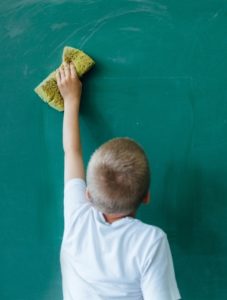 Give the students additional ways to make contributions to the classroom or fill valued roles. You might assign students to take notes to the office, read to a younger student, research an answer to a student’s question that you couldn’t answer, or take down bulletin board displays.
Give the students additional ways to make contributions to the classroom or fill valued roles. You might assign students to take notes to the office, read to a younger student, research an answer to a student’s question that you couldn’t answer, or take down bulletin board displays.
Provide additional reinforcement by having your students help you with role playing during social skills lessons for younger students. This will give them extra practice with performing social skills, along with valued roles and responsibilities.
 Use “tootles.” Give your students small cards to keep on their desks and encourage them to write “tootles” on their peers’ positive behaviors. Whenever they see a peer sharing, offering help, complimenting, or praising, they should jot it down on a card. Collect the cards at predetermined intervals throughout the day and put them in a jar or box on your desk. Count them and consider reading them out loud at the end of the day. (You might want to give the class a group reward for reaching a certain number of tootles.)
Use “tootles.” Give your students small cards to keep on their desks and encourage them to write “tootles” on their peers’ positive behaviors. Whenever they see a peer sharing, offering help, complimenting, or praising, they should jot it down on a card. Collect the cards at predetermined intervals throughout the day and put them in a jar or box on your desk. Count them and consider reading them out loud at the end of the day. (You might want to give the class a group reward for reaching a certain number of tootles.)
Send home positive notes to parents. Families benefit from “tootles,” too. Write quick notes to parents that highlight the good choices and contributions their child made in the classroom that day.
Which of these strategies would you like to try in your classroom this year? Which ones have already been successful for you? In the comments below, tell us about your favorite strategy for preventing behavior challenges!
EXPLORE THE BOOK
 Behavior Support, Third Edition
Behavior Support, Third Edition
By Linda M. Bambara, Ed.D., Rachel Janney, Ph.D., & Martha E. Snell, Ph.D.
A popular volume in the Teachers’ Guides to Inclusive Practices series, this book is your guide to implementing effective positive behavior support—both in the classroom and across an entire school. You’ll get explicit, research-based strategies for implementing the three tiers of PBS: 1) universal, schoolwide interventions; 2) selected interventions with students exhibiting risk behaviors; and 3) specialized interventions with students who need intensive, individualized help.
LEARN MORE NOW

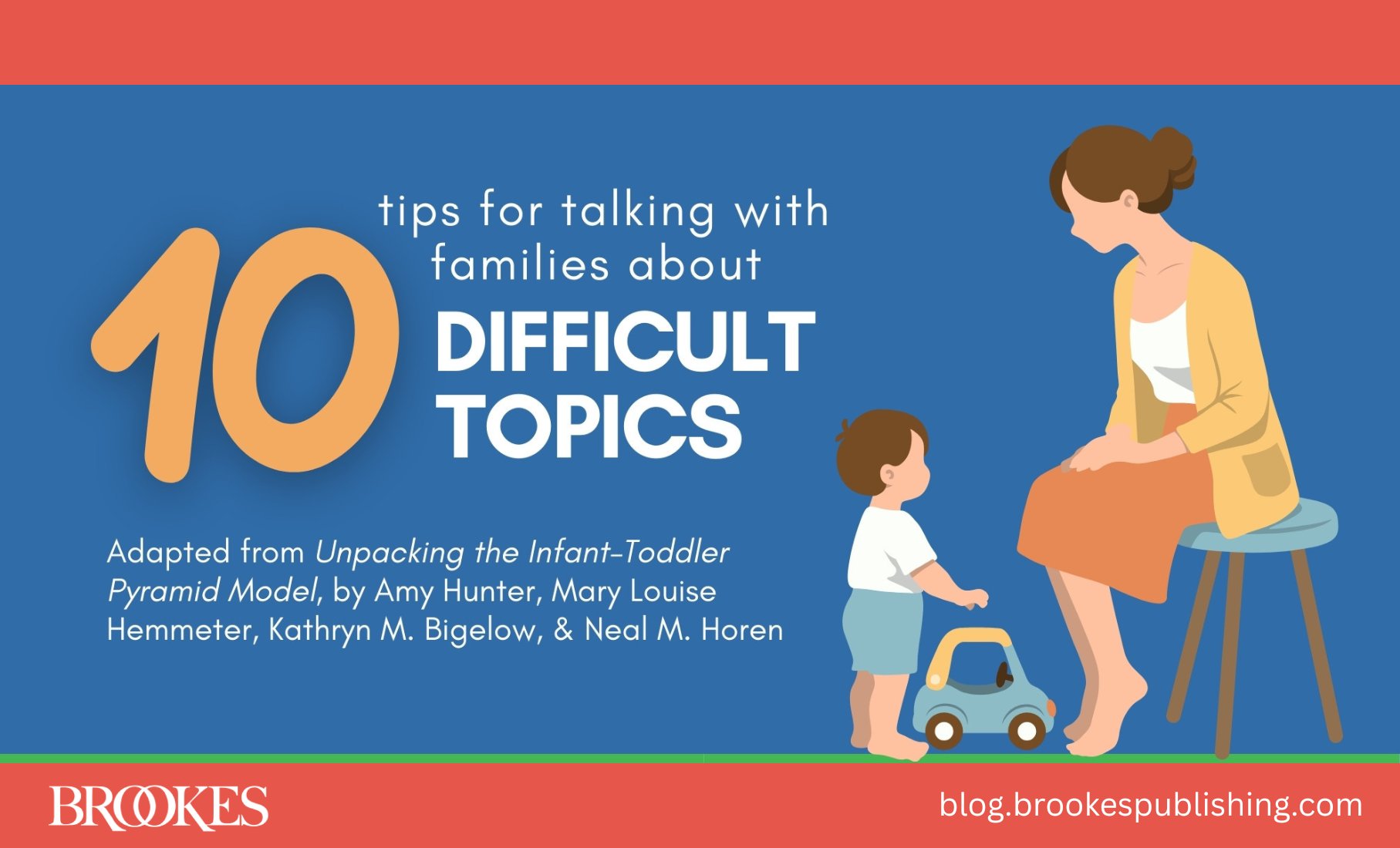
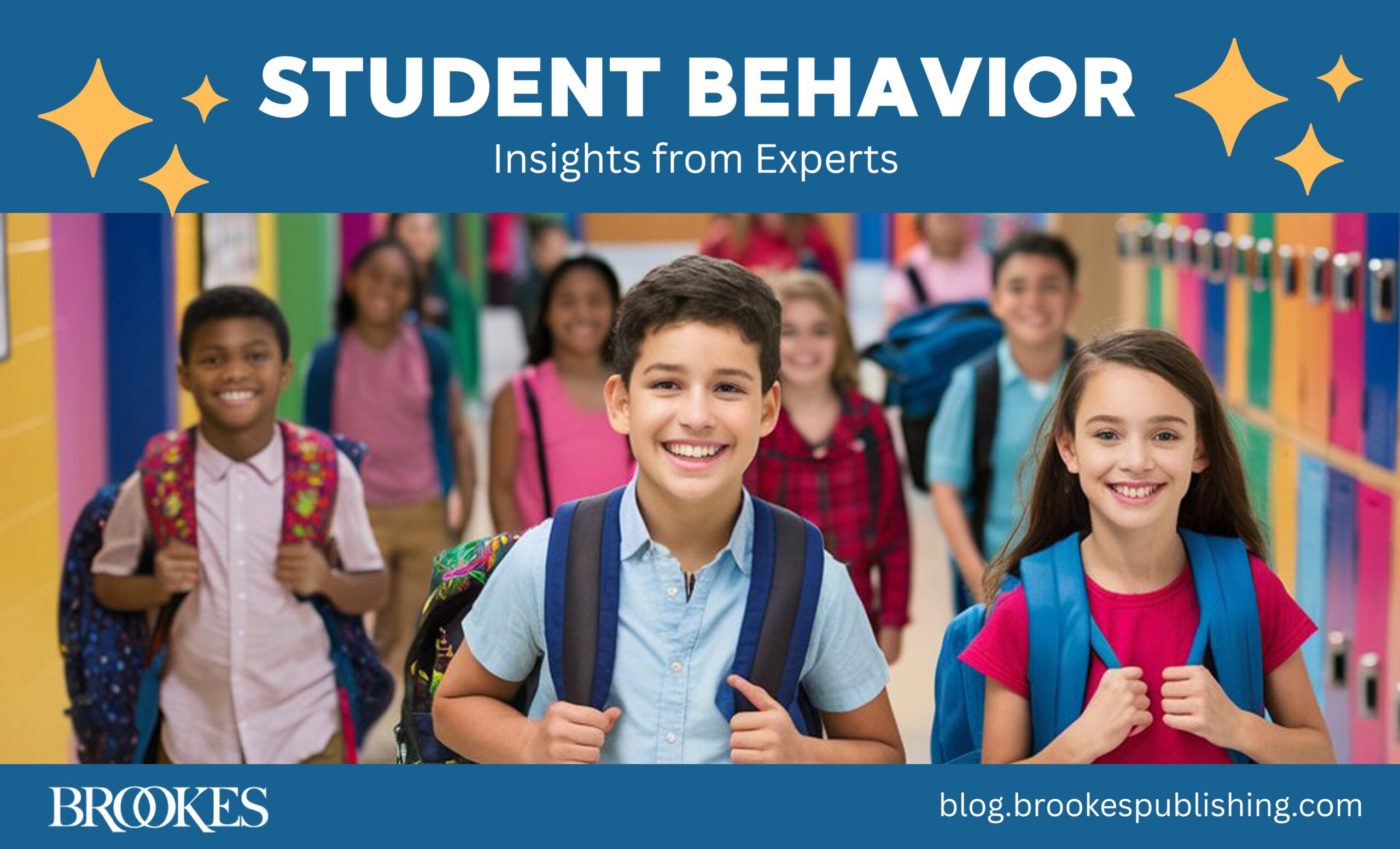
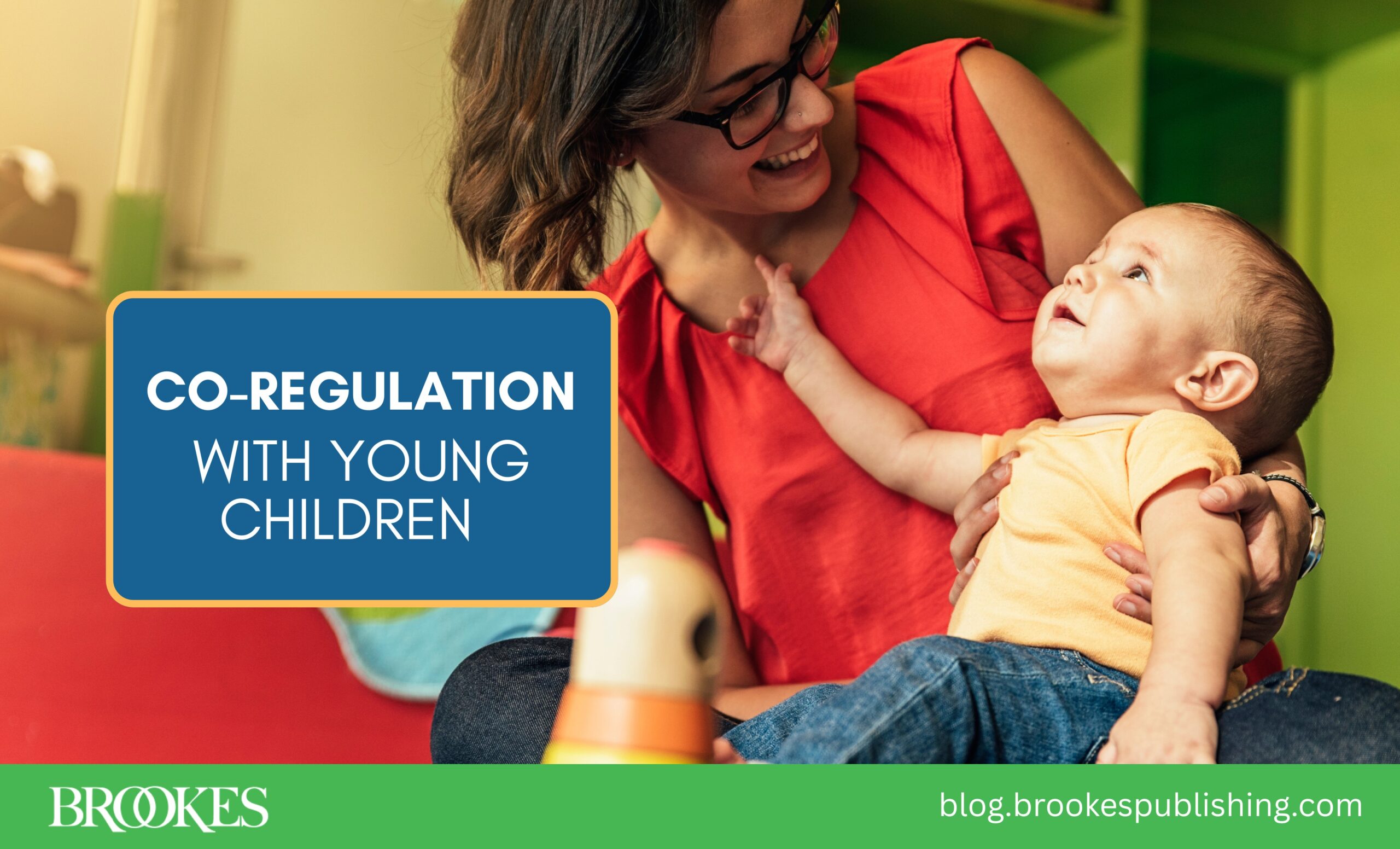
Write a Comment
Your email address will not be published. Required fields are marked *
Post a Comment